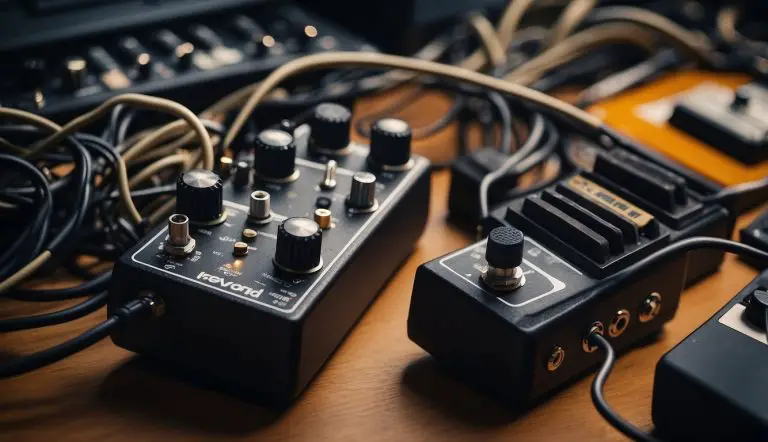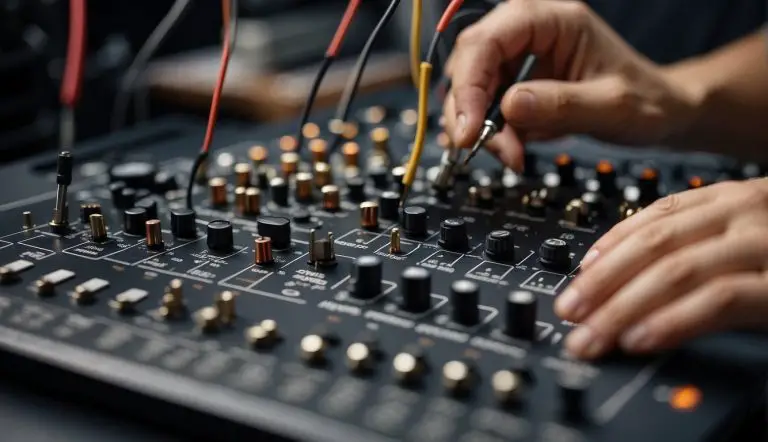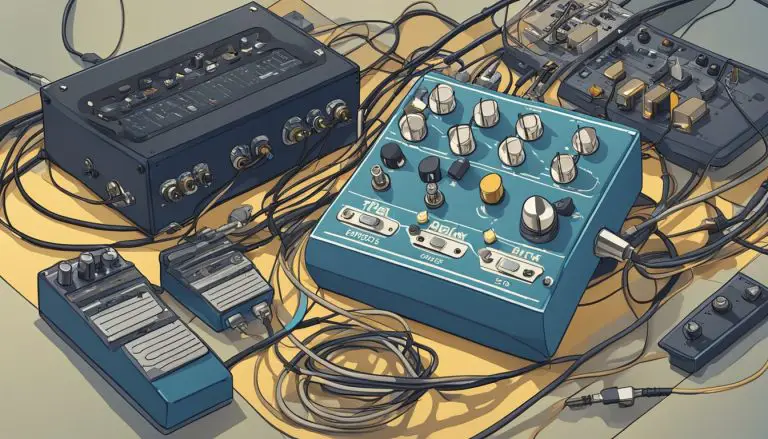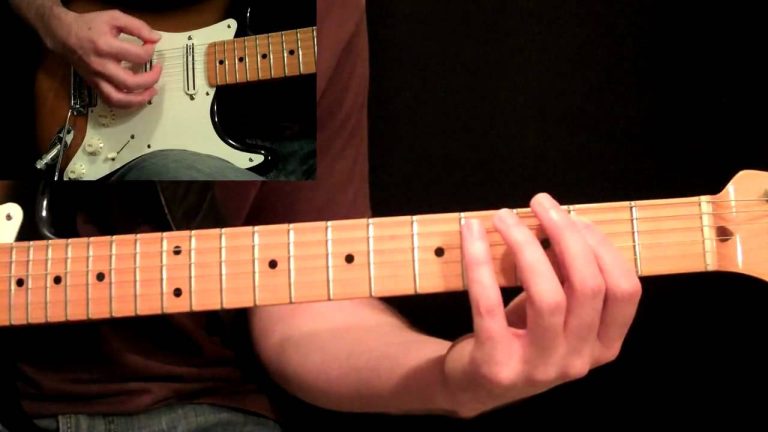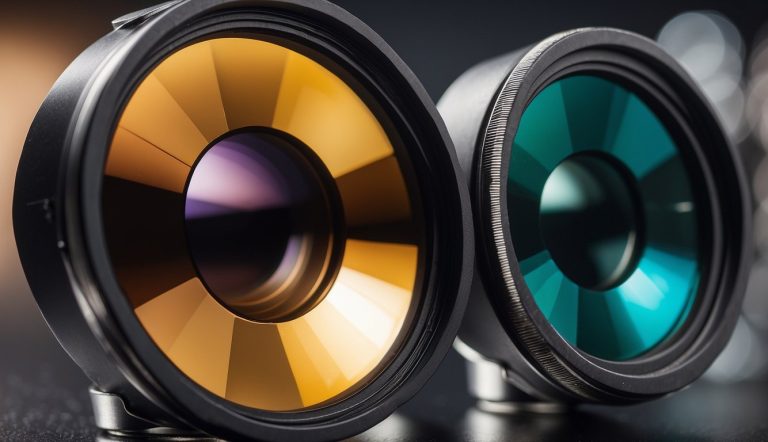Best Digital Delay Pedal for the Money: Your Guide to Affordable Echo Effects
Digital delay pedals are crucial tools for guitarists looking to add depth and dimension to their sound. A quality digital delay pedal can emulate the rich, warm echoes of vintage tape units or offer crisp and precise repetitions that can transform a simple guitar line into a textured soundscape.
The market offers a vast array of digital delay pedals that vary in features and price, catering to the needs of both budget-conscious musicians and those seeking professional-grade effects.
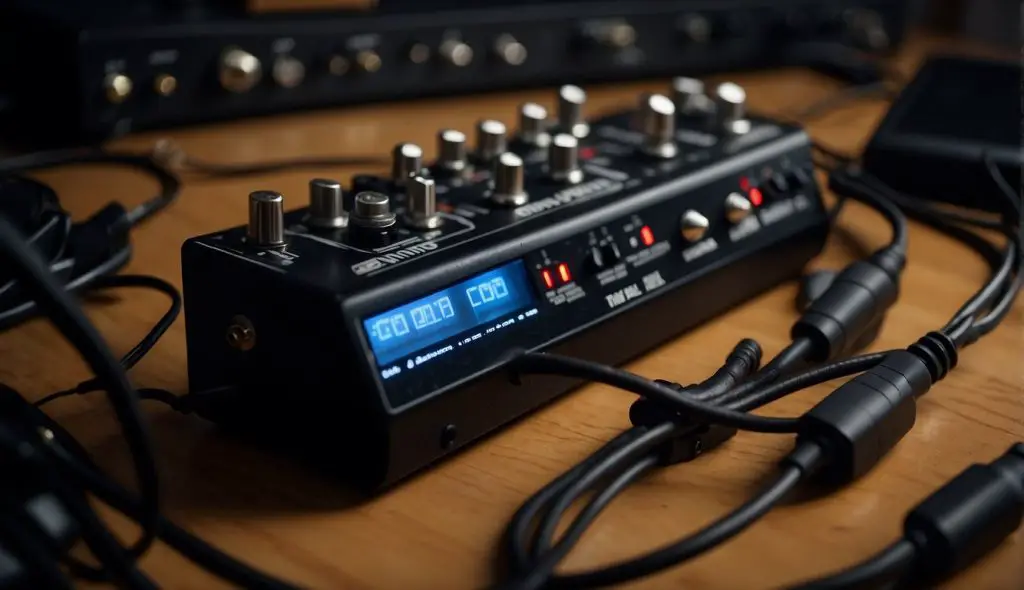
When searching for the best digital delay pedal for the money, it’s important to consider not only the cost but also the value the pedal brings to your musical arsenal.
Ideal pedals should blend reliability, sound quality, and user-friendliness, with enough versatility to make the investment worthwhile.
Whether you require tap tempo functionality for syncing delays to the beat or a hold feature for creating layers of sound, finding the right balance between performance and affordability is key.
Key Points
- Digital delay pedals enhance the sound with echoes and are valued for their versatility.
- The best pedal choice balances cost, reliability, sound quality, and features.
- Consider how a delay pedal integrates with your setup and if it meets your creative demands.
Table of Contents
Understanding Digital Delay Pedals

When discussing digital delay pedals, it’s essential to nail down the basics of what these devices do and how they differ from their analog counterparts. These intricacies greatly affect the echo and tone that my guitar can produce.
Core Concepts: Echo, Reverb, and Tone
Echo
- Definition: A repetition of sound that occurs after the original sound is produced.
- Digital Delay Pedals: These create echoes by digitally copying the original signal and replaying it after a short period of time.
Reverb
- Definition: The continuation of a sound as it bounces off surfaces.
- Contribution to Tone: A spaciousness is added to the tone, complementing the pure repeats of an echo.
Tone
- Impact by Delay: Delay pedals can alter the tone by coloring the repeats, either subtly or significantly, making the subsequent echoes warmer or brighter.
Digital vs. Analog Delay Pedals
Digital Delay Pedals
- Sound Quality: These tend to offer a cleaner reproduction of the original signal, leading to a clearer and more precise echo.
- Versatility: Digital delays often provide a wider range of options, including longer delay times and the ability to precisely shape the delay effect.
Analog Delay Pedals
- Sound Characteristic: Analog delays impart a warmer, sometimes grittier, tone to the repeats, which some find to be more musical.
- Tone Coloring: The echoes here can degrade more naturally over time, which can add a certain character to the sound that is different from the consistency found in digital delays.
In sum, digital delay pedals carve out a niche for themselves in the modern guitarist’s pedal arsenal by offering precision and versatility, while analog delays are prized for their musical warmth and character.
Key Features to Consider
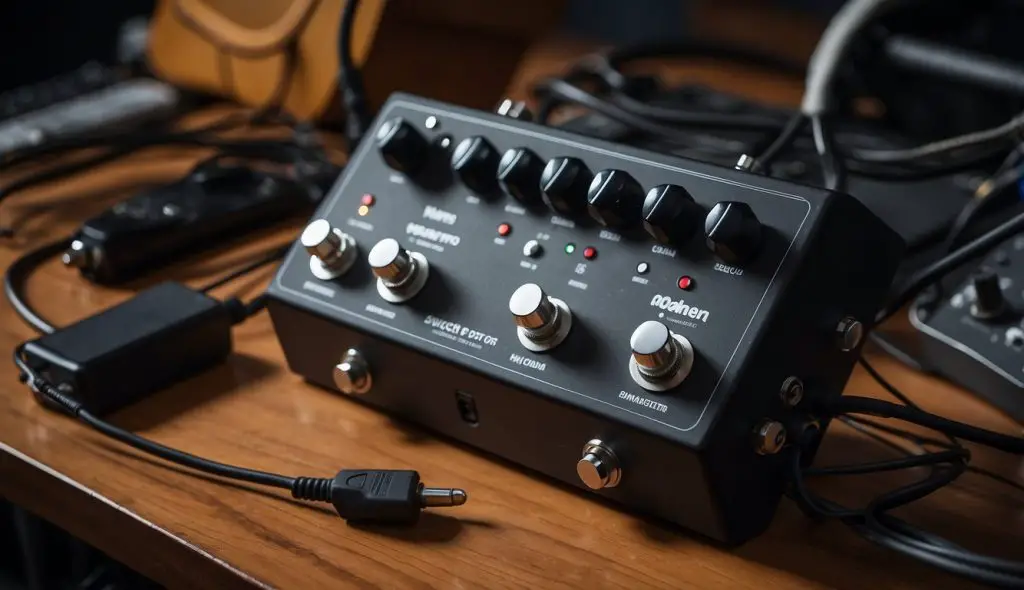
When looking for the best digital delay pedal for your money, it’s crucial to consider certain features that can greatly enhance your playing experience. I’ll guide you through some key aspects like delay time and tone shaping that I believe are vital.
Delay Time, Tap Tempo, and Looper Functionality
- Delay Time: The length of delay is a core feature. You’ll find pedals offering short slap-back delays to long, ambient repeats.
- I always suggest looking for a pedal that provides a wide range of delay times, typically from 0 to 2000ms or more, to ensure versatility across various music genres.
- Tap Tempo: This is a must-have for live performances. Tap tempo allows you to adjust the delay time in real-time to match the tempo of your playing or band. It’s a feature that can keep your delays in perfect time without manual adjustment.
- Looper Functionality: Some delay pedals come with an integrated looper. This allows you to layer sound on top of sound, creating complex textures. A looper with at least 30 seconds of record time can be enough to experiment and create interesting soundscapes.
Tone Shaping: Filters and Modulation Effects
- Filters: Pedals with built-in filters (like high-pass or low-pass) let you sculpt the EQ of your repeats, making sure the delay sits perfectly in your mix without muddying your tone.
- Modulation Effects: To add movement and depth to the delay repeats, look for pedals with integrated modulation effects.
- These can range from subtle chorus to vibrant flanger effects, creating modulated sounds that can range from a gentle shimmer to wild, sweeping textures.
Connectivity Options: USB and MIDI
- USB: I always prefer pedals with a USB port, as it makes firmware updates simpler and sometimes allows for deep editing via a computer software editor.
- MIDI In/Out: For those who want total control and synchronization with other MIDI gear, MIDI in/out can be a game-changer.
- It lets you sync delay times and switch between presets smoothly, which is particularly beneficial during live performances.
- Expression Pedal Input: This feature is great for adjusting the delay parameters on the fly. Using an expression pedal lets you swell into a delay or adjust the mix percentage without taking your hands off your instrument.
Top Digital Delay Pedals for Different Budgets
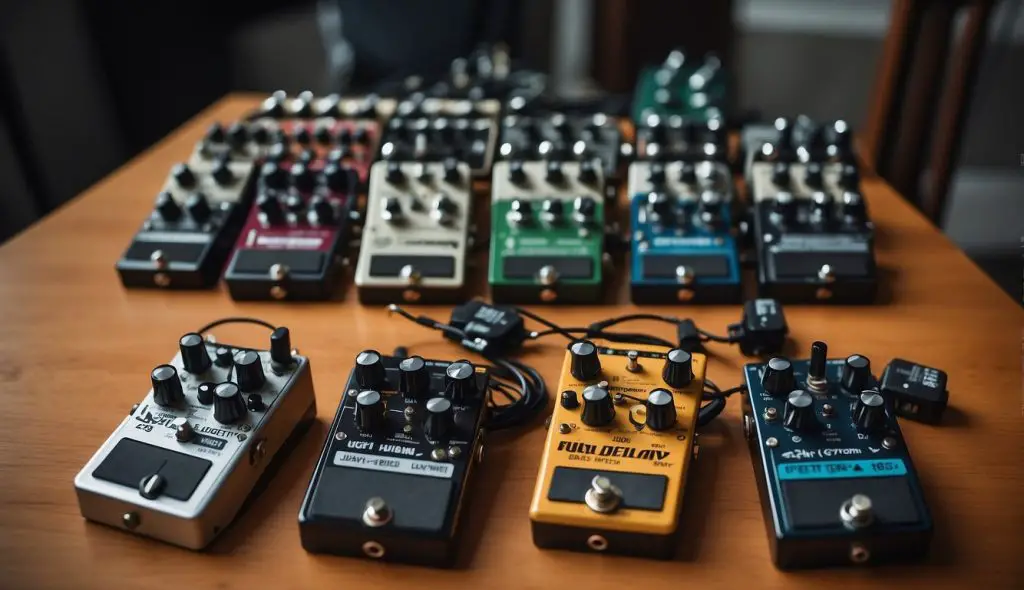
When searching for the best digital delay pedals, it’s crucial to consider both your budget and the features you require. I’ve compiled a list that caters to both beginners and professional musicians, ensuring you get the maximum value for your money.
Pedals for Beginners and Budget Shoppers
For those just starting out or looking for a quality delay without breaking the bank, the Fender Hammertone Space Delay stands out. It offers versatility and a user-friendly interface perfect for those who are experimenting with delay effects.
Another fantastic option is the Electro-Harmonix Canyon, which not only provides digital delay but also a range of other effect types, giving you a lot of bang for your buck.
- MXR Carbon Copy: Known for its analog warmth, yet affordable.
- Boss DD-2: A classic pedal with a simple interface, ideal for straightforward applications.
- TC Electronic Flashback 2: Offers exceptional value with the innovative MASH technology and TonePrint feature.
Professional Level Pedals: High-Quality and Feature-Rich
Professionals often require more features, higher audio quality, and greater durability from their pedals.
The Strymon Timeline is arguably the best digital delay pedal in the market for its unmatched sound quality and versatility.
The Boss RE-2 also merits attention for its modern take on the iconic Roland Space Echo.
- Line 6 DL4: Noted for its looper functionality and strong reputation among professionals.
- Empress Effects Echosystem: Packed with features that cater to the diverse needs of recording and touring musicians.
Incorporating Delay Pedals into Your Setup
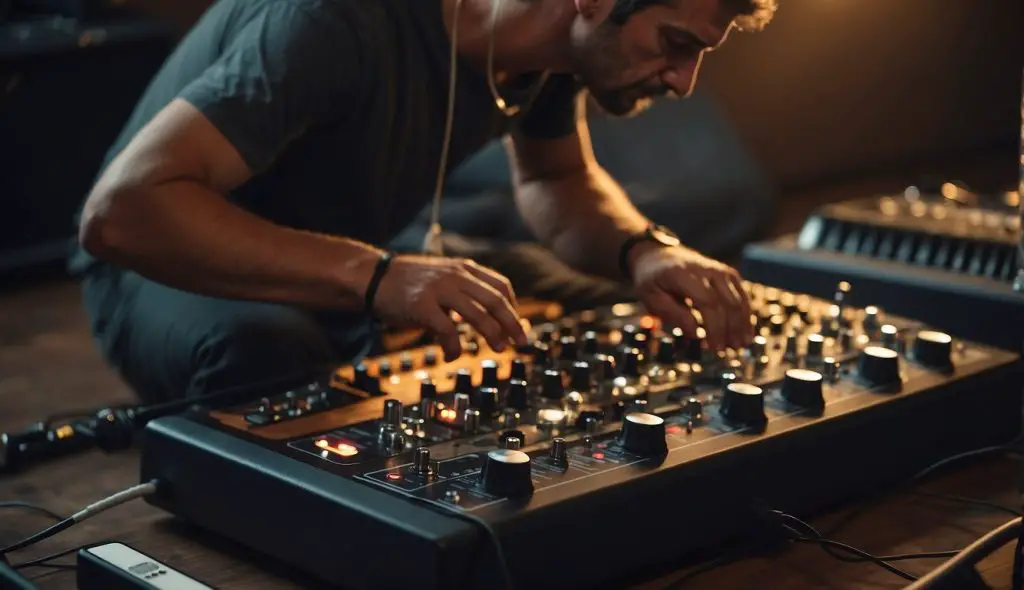
When I talk about incorporating delay pedals into my setup, I focus on their placement in the pedal chain and how to use them to create unique soundscapes.
It’s not just about adding a pedal; it’s about integrating it in a way that enhances the signal and the overall sound coming out of my guitar.
Placement in the Pedal Chain
In my pedal board, the sequence of pedals is crucial for achieving the best sound. A digital delay pedal typically finds its home toward the end of the signal chain. Here’s what my chain looks like:
- Dynamic effects (compressors, etc.)
- Filters and pitch shifters (wah, octave)
- Overdrive/Distortion
- Modulation effects (chorus, flangers)
- Delay Pedals
- Reverb
By placing the delay pedal after distortion and modulation effects, I ensure that the echoes produced are of the processed signal, which maintains clarity and prevents muddiness.
Guitarists who prefer their delays to be more pronounced might experiment with placing it before modulation effects for a more pronounced echo effect.
Creating Unique Soundscapes and Textures
I use my delay pedal not just to repeat notes but to layer riffs and create soundscapes that give my music depth and texture.
To do this, I play with settings like feedback and delay time to stretch out the repeats and create a backdrop over which I can play additional parts.
- Feedback: Controls how many times the echo repeats.
- Delay Time: Sets the interval between the original signal and the repeated echo.
Experimenting with these controls helps me find the sweet spot where the delay adds a rich layer without overpowering the original signal.
A moderate delay time with controlled feedback can result in a rhythmic pattern that complements my riffs, while longer delay times can turn a simple phrase into an ambient texture, especially useful during live performances or recordings to add atmosphere.
Frequently Asked Questions
In this section, I’ll answer some common questions about finding affordable and effective digital delay pedals, whether you’re just starting out, playing specific genres like metal, or looking for that signature sound used by professional guitarists.
What are some affordable delay pedals that professionals use?
Professionals often seek durability and sound quality, even when on a budget. The Korg SDD3000, renowned for its reliability, is a pedal that’s been used by professionals and can sometimes be found at a reasonable price on the second-hand market.
Which digital delay pedals offer the best value for beginners?
For beginners, finding a delay pedal that offers a balance between usability and quality effects is key. Brands like Boss and TC Electronic offer options like the Boss DD-3T and the TC Electronic Flashback, both providing great value with user-friendly interfaces.
How do I choose a digital delay pedal within a limited budget?
When selecting a digital delay pedal on a budget, prioritize essential features like tap tempo, true bypass, and a range of delay types. Your specific needs, such as the genres you play, and whether you’ll use the pedal for live performances or practice, can guide your choice.
Can you recommend a digital delay pedal that’s good for metal music?
Metal guitarists often look for a pedal with crisp delay and the ability to cut through heavy distortion. A pedal like the TC Electronic Flashback or the Boss DD-7 can be a great choice. They offer precise control and aggressive delay sounds suitable for metal.
What features should I look for in a delay pedal under $100?
Under $100, focus on key features like digital/analog emulation capabilities, durability, and simplicity of use. Pedals like the Donner Yellow Fall and the Behringer VD400 offer good sound quality and essential features without breaking the bank.
Are there any iconic delay pedals I should consider that are used by famous guitarists?
Iconic delay pedals like the Electro-Harmonix Memory Man or the MXR Carbon Copy are known for their distinctive sound. Many famous guitarists have used these pedals.
These pedals may sometimes exceed budget constraints but can be worth the investment for their renowned tones.


